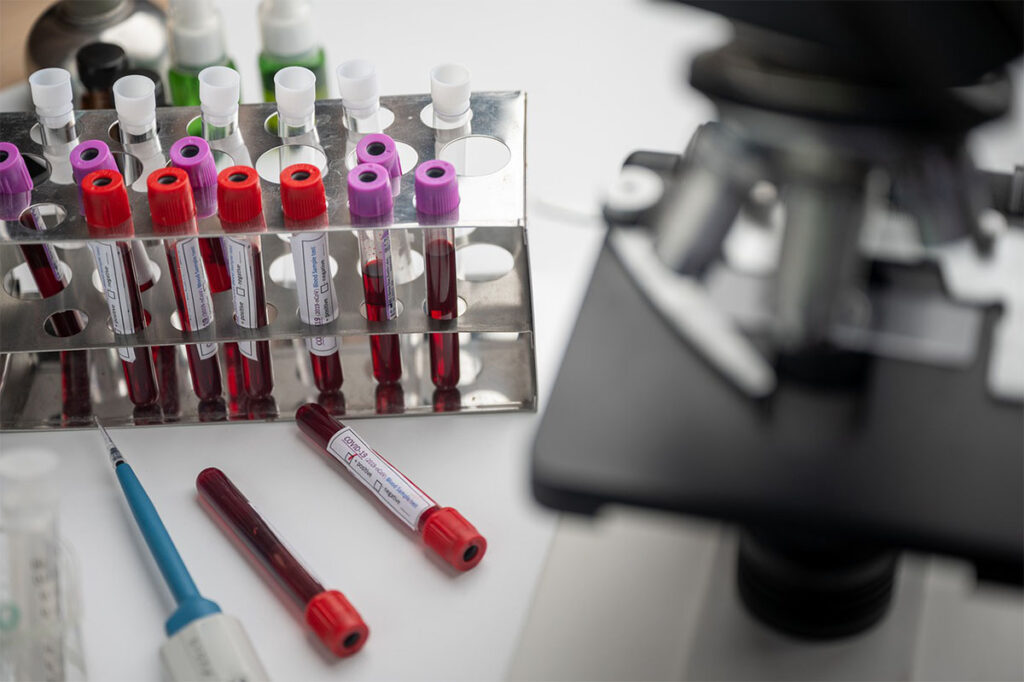Gene editing tools have evolved over the years, leading to the current rise in their popularity. We will discuss how gene editing works and describe different techniques that can be used. ZFN, most commonly based on the FokI restriction enzyme, is the oldest and most recognized of the DNA-binding proteins, fused to a zinc finger’s DNA-binding domain designed to target a specific DNA sequence. For selecting and designing ZFN aimed at new and desired locations, researchers have several methods available. TALENs are naturally occurring proteins which, as the action is again through the FokI, are similar to ZFNs, originating from the bacterial genus Xanthomonas. The DNA-binding domain can recognize a distinct, single DNA base, so a combination of various TALENs can (in practice) be used to target any specific genome sequence.

In order to identify unique base pairs, both ZFN and TALENs are modular proteins that interact with the main groove of DNA’s double helix structure. Each module of the zinc finger binds with a triplet of nucleotides, while subunits of TALEN interact with single base pairs. Microorganism mega-nucleases have naturally long recognition sequences (larger than 14 base pairs) and protein engineering has created different meganuclease variants to cover a multitude of specific combinations of sequences. Moreover, as opposed to ZFN and TALENs, mega-nucleases have been shown to cause less toxicity in cells.
The latest development in ‘gene editing’ technology to improve gene targeting methods is CRISPR-Cas systems.. The CRISPR-Cas9 system currently stands out as the fastest, cheapest, and most reliable system for ‘editing’ genes. CRISPR-Cas9 proves to be an important and customizable alternative to other popular methods for genome editing. As the CRISPR-Cas9 device itself is capable of cutting DNA strands, as other instruments do, CRISPRs do not need to be paired with different cleaving enzymes. Also, tailor-made “guide” RNA (gRNA) sequences designed to lead them to their DNA targets can easily be matched. Tens of thousands of such sequences of gRNA have already been established and are open to the scientific community. CRISPR-Cas9 can also be used to simultaneously target several genes, which is another benefit that separates it from other methods for gene-editing.

References
Charpentier, Emmanuelle. “CRISPR‐Cas9: How Research on a Bacterial RNA‐Guided Mechanism Opened New Perspectives in Biotechnology and Biomedicine.” EMBO Molecular Medicine, John Wiley & Sons, Ltd, 21 Mar. 2015, embomolmed.embopress.org/content/7/4/363.
Gupta, Rajat M., and Kiran Musunuru. “Expanding the Genetic Editing Tool Kit: ZFNs, TALENs, and CRISPR-Cas9.” The Journal of Clinical Investigation, American Society for Clinical Investigation, 1 Oct. 2014, www.jci.org/articles/view/72992.
Harrison1, Melissa M., et al. “A CRISPR View of Development.” Genes & Development, Cold Spring Harbor Lab, 1 Jan. 1970, genesdev.cshlp.org/content/28/17/1859.full.
Hsu, Patrick D, et al. “Development and Applications of CRISPR-Cas9 for Genome Engineering.” Cell, U.S. National Library of Medicine, 5 June 2014, www.ncbi.nlm.nih.gov/pmc/articles/PMC4343198/.
Thakore PI, Gersbach CA. Genome Engineering for Therapeutic Applications. In: Laurence J, Franklin M, editors. Translating Gene Therapy to the Clinic: Techniques and Approaches. Academic Press, Elsevier, 2015; pp. 27-44.
